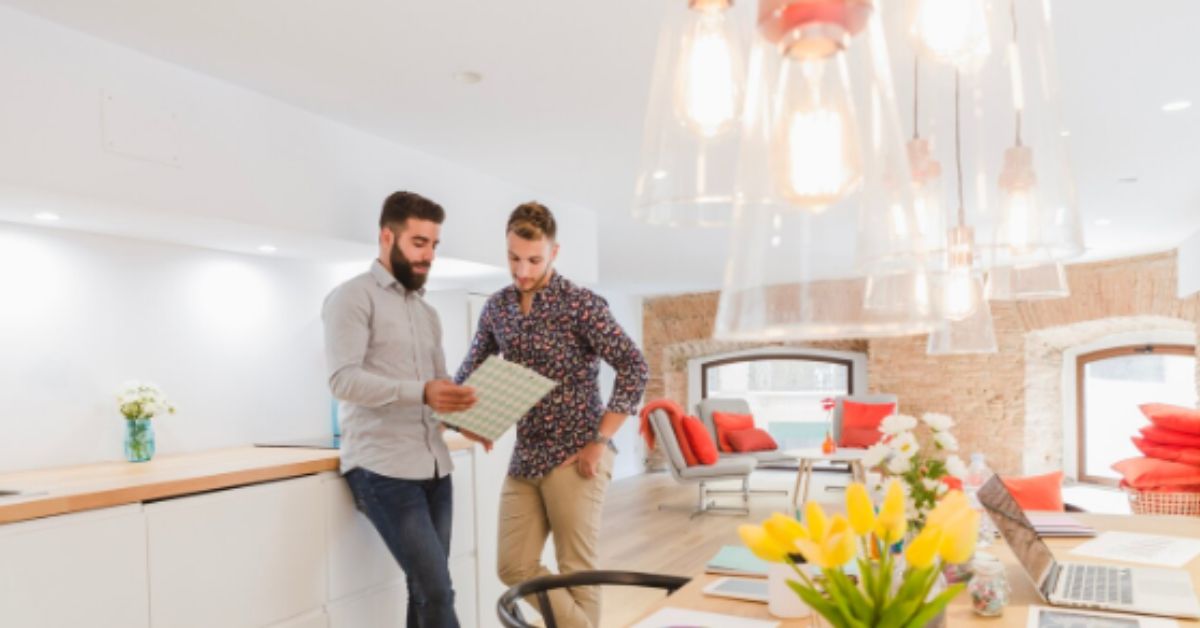In the competitive realm of real estate, first impressions hold paramount importance. The presentation of a property can significantly sway potential buyers’ decisions and even affect the final sale price. This is where the concept of property staging comes into play, emerging as a vital tool for homeowners and real estate agents alike. In this article, we delve into the art of property staging and explore how it elevates the appeal of real estate on the market.
Understanding Property Staging
Property staging involves the careful and strategic design and furnishing of a home to showcase its best features and attract prospective buyers. It is an art that requires an intricate balance between creating a welcoming, aspirational space and allowing potential buyers to envision themselves living there. The aim is to make the home look both elegant and lived in, without the personal stamp of the current owner.
The Benefits of Property Staging
Investing in property staging can provide numerous advantages. It often results in a faster sale, as staged homes are more appealing and can stand out in property listings. Studies have indicated that staged homes tend to sell quicker than those that are not, and frequently at a higher price point. Moreover, staging can help mask minor imperfections and highlight the positive aspects of a property, making it more attractive to buyers.
Key Elements of Effective Property Staging
Effective property staging involves several key elements. The first is decluttering, which creates a sense of space and cleanliness. Personal items and excess furniture should be removed to reduce distractions and allow buyers to imagine the home as their own. Additionally, neutralising the décor by choosing a soft and neutral colour palette can have a broad appeal.
Another fundamental aspect is defining the rooms. By providing each space with a clear purpose, you help buyers understand how they can utilise the home. Furthermore, good lighting is critical as it can transform the mood of a room, making spaces appear larger and more inviting. Lastly, accessorising strategically with art, plants, and other simple objects can add a touch of sophistication and warmth without overpowering the space.
Staging for Different Types of Buyers
While staging, it is essential to consider the target audience. Whether the property would likely attract families, young professionals, or retirees will influence the staging design. For families, creating practical yet stylish spaces with emphasis on family areas and bedrooms is crucial. Young professionals might appreciate a modern, flexible area that showcases a home office or entertainment space. Retirees may be looking for comfort, accessibility, and low-maintenance living.
Do-It-Yourself vs Professional Staging
Homeowners may choose between DIY staging and hiring professional stagers. DIY can be cost-effective and allows the owner to have direct control over the process. However, not everyone possesses the eye for design and the ability to objectively style their home. Professional stagers, on the other hand, bring expertise, experience, and a stock of furniture and décor to enhance the property’s appeal effectively.
Professionals in property staging understand market trends and the psychology of buyers, giving them a unique edge. They can pinpoint what will resonate with prospective buyers and turn those insights into a beautifully curated space.
Staging in a Digital Age: The Role of Virtual Staging
The digital transformation has not spared the real estate market, giving rise to virtual staging. This process involves using software to furnish an empty property or alter the décor of an occupied space in photographs. Virtual staging can be a cost-effective alternative to physical staging, especially when dealing with remote buyers or properties that are not easily accessible.
Conclusion: A Worthwhile Investment
The art of property staging is more than mere house decoration; it is a strategic marketing tool that enhances real estate appeal and influences buyers’ perceptions. The goal is to make a memorable first impression that will lead to a successful sale. Although there are initial costs related to staging a property, the potential increase in sale price and the pace at which a staged home can sell often make it a worthwhile investment.
In today’s market, where buyers are inundated with options, property staging can be the difference between a listing that lingers and one that swiftly finds its new owner. It is a visual narrative that allows buyers to see not just the bricks and mortar but the possibilities of a home where they can build their future.
Final Thoughts
Whether you are a homeowner looking to sell your property or a real estate agent aiming to maximise the value of a listing, property staging can provide an essential edge. It’s about presenting the home in its best light, making it irresistible to buyers and ensuring it does not get lost in the crowd of available options. With the power of property staging, you can transform any space into an alluring and marketable property, poised for a successful sale.











